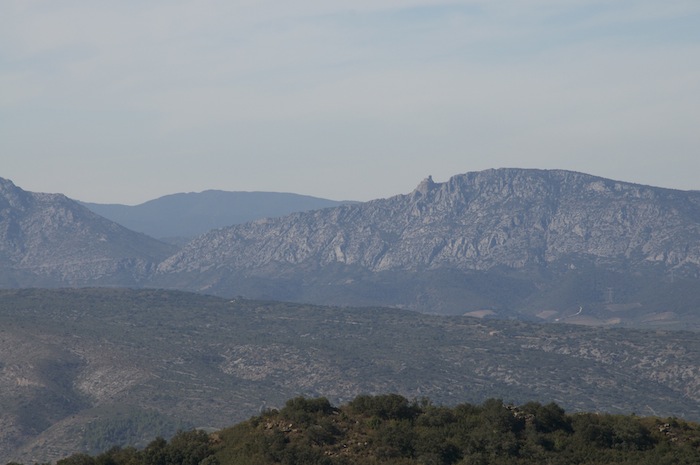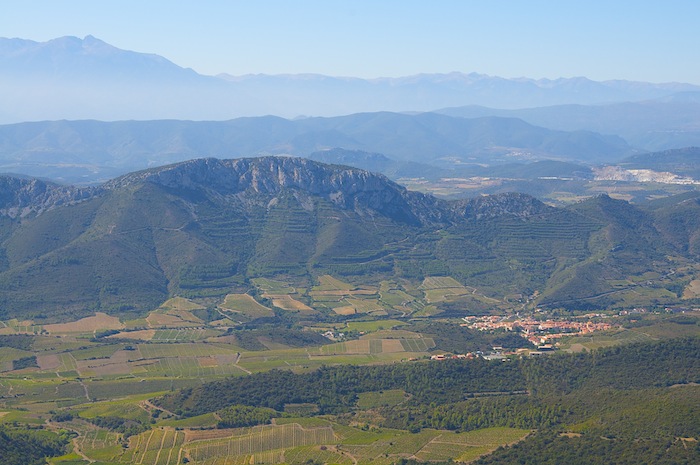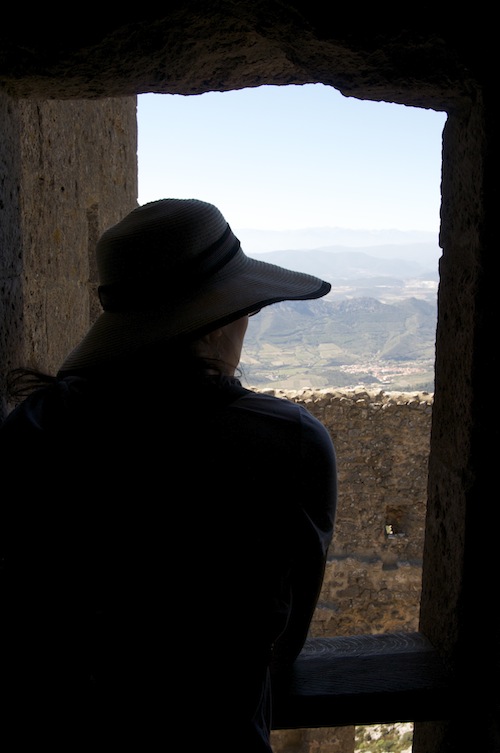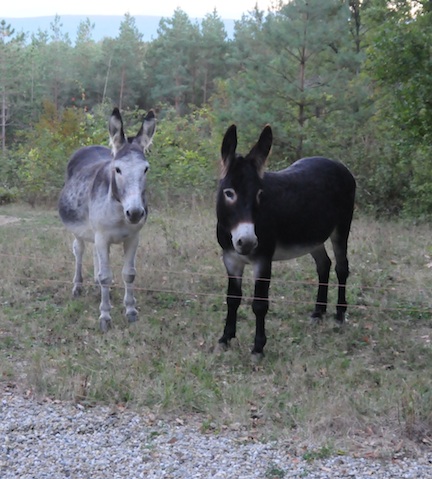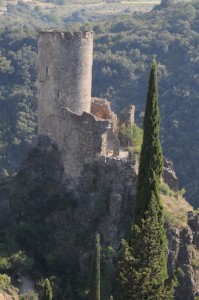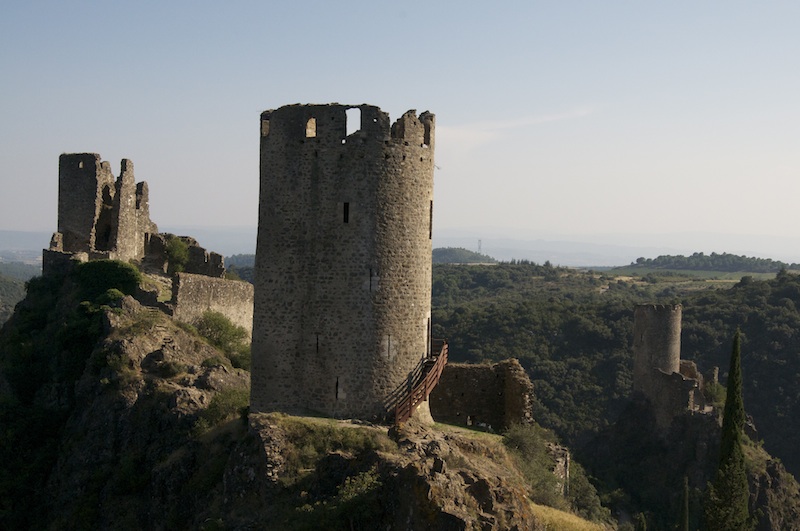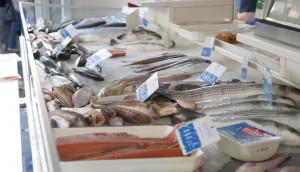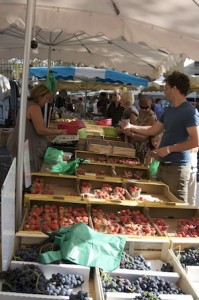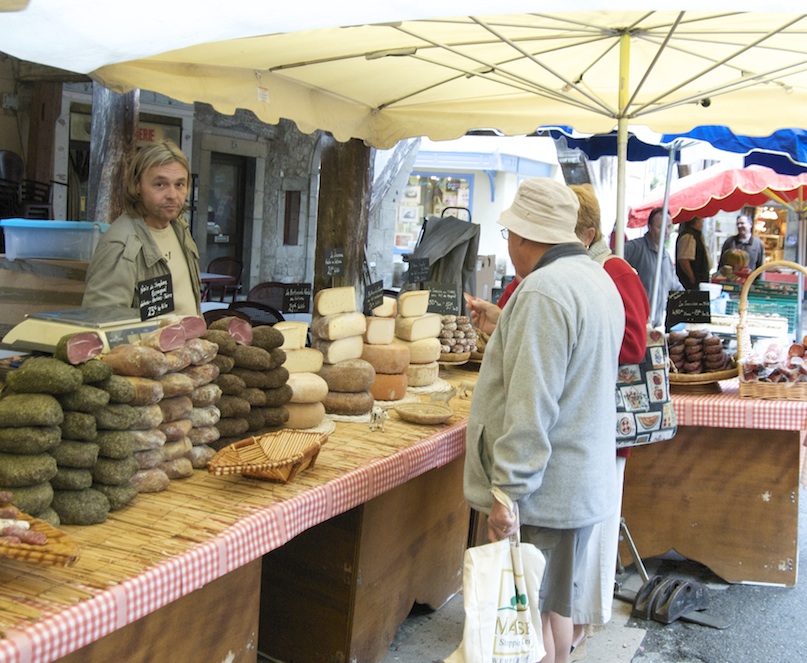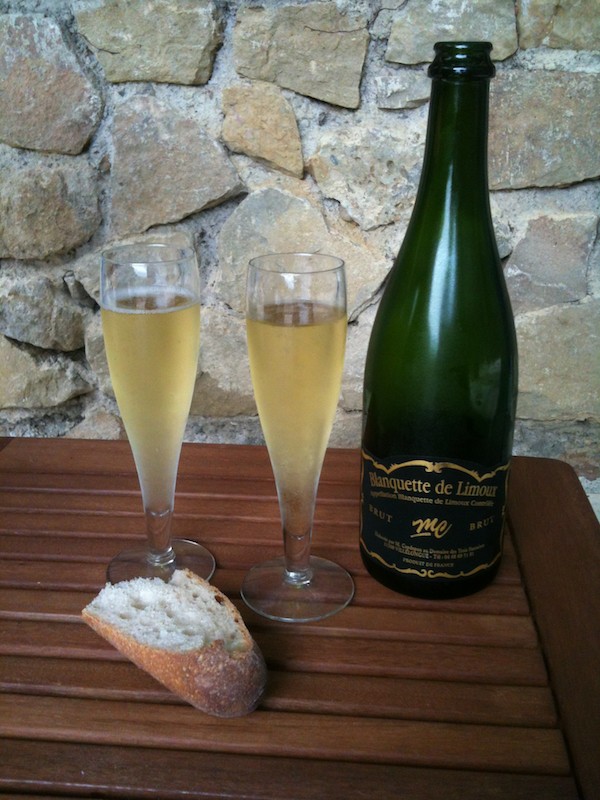In August, Mimi had promised Gaston a belated birthday lunch in a Michelin-mentioned restaurant that they, and particularly he, had enjoyed the last time they were in the area, so after a week of settling in, abiding by their prescribed two-days-per-week doin’ nuttin’ much, etc., etc., she called the restaurant at 11:30 this morning.
The conversation (translated):
Bzzzz, bzzzz. Bzzzz, bzzzz.
Recording: The House of Terroir [Editor comment: Terroir, not Terreur], a place to sample—
Restaurant: Bonjour; La Maison du terroir.
Mimi: Bonjour, Madame. I would like to make a reservation.
Restaurant: Ah, yes? For when?
Mimi: For tomorrow at lunch, if that’s possible.
Restaurant: No, that isn’t possible.
Mimi: No? – !
Restaurant: No, after dinner service this evening we close forever.
Mimi: Forever? – !
Restaurant: Yes, forever.
Mimi: But that’s unfortunate, that is.
Restaurant: Yes, that’s true.
Mimi: Well, would a reservation for today be possible?
Restaurant: Yes, but only for lunch time/noon. [In French, lunch time and noon are eponymous. Which can be confusing. But says all one needs to know about how the French consider the punctuality of their midday meal as sacrosanct.]
Mimi: At noon? How about at noon and 30?
Restaurant: Yes, that would be fine.
Yada yada, reservation details. Gaston races around to unearth the information booklet for our rental with our local telephone number.
Hang up.
Mimi turns to Gaston: “We’re having lunch there today. In 50 minutes.”
Of course, it having been two years since they drove that route, Mimi has underestimated the amount of time it would take to drive the 80 kilometres to Maury. In the rain. With flotillae of German/Dutch/North American camper-driving tourists plugging secondary highways. And there are the little difficulties of the Col du Portel (Portel Pass) and the Défilé de la Pierre Lys (Pierre Lys/Lily Stone Defile—though what the difference is between a defile vs a gorge is a mystery to me) en route, which further slows things.
Mimi and Gaston arrive at the restaurant precisely 30 minutes late. They are seated graciously and without comment. The hour (1:00) pre-empts their ability to select either of the set menus, and so they are required to order à la carte.
Not having access to Visa statements from last summer’s sojourn in Paris, Mimi cannot say for certain if this is the most or the second-most expensive lunch she and Gaston have ever enjoyed. Possibly second-most, but likely only due to the somewhat more-favourable exchange rate.
Regardless, it may be the last meal out this trip.
Bonne fête tardive, Gaston. I’m glad you enjoyed it.
